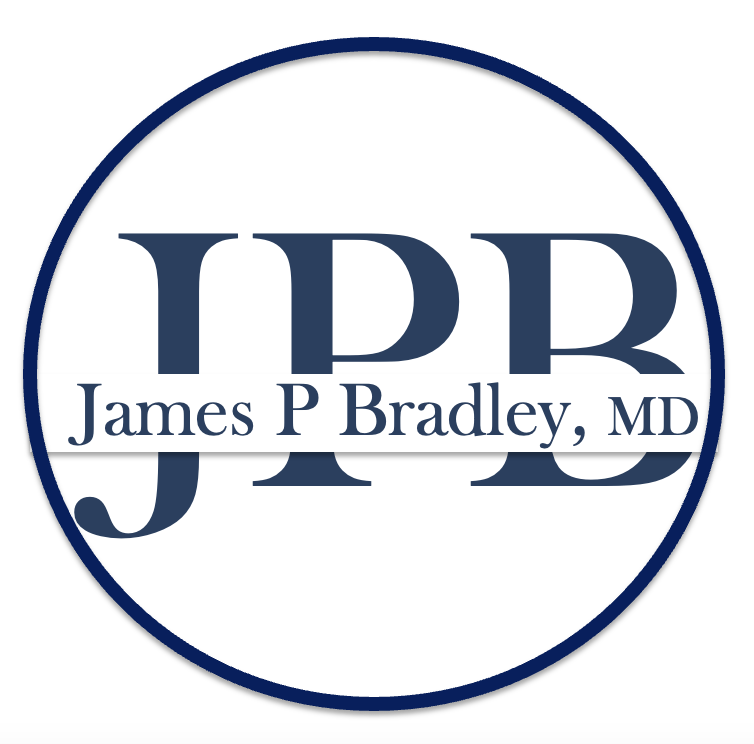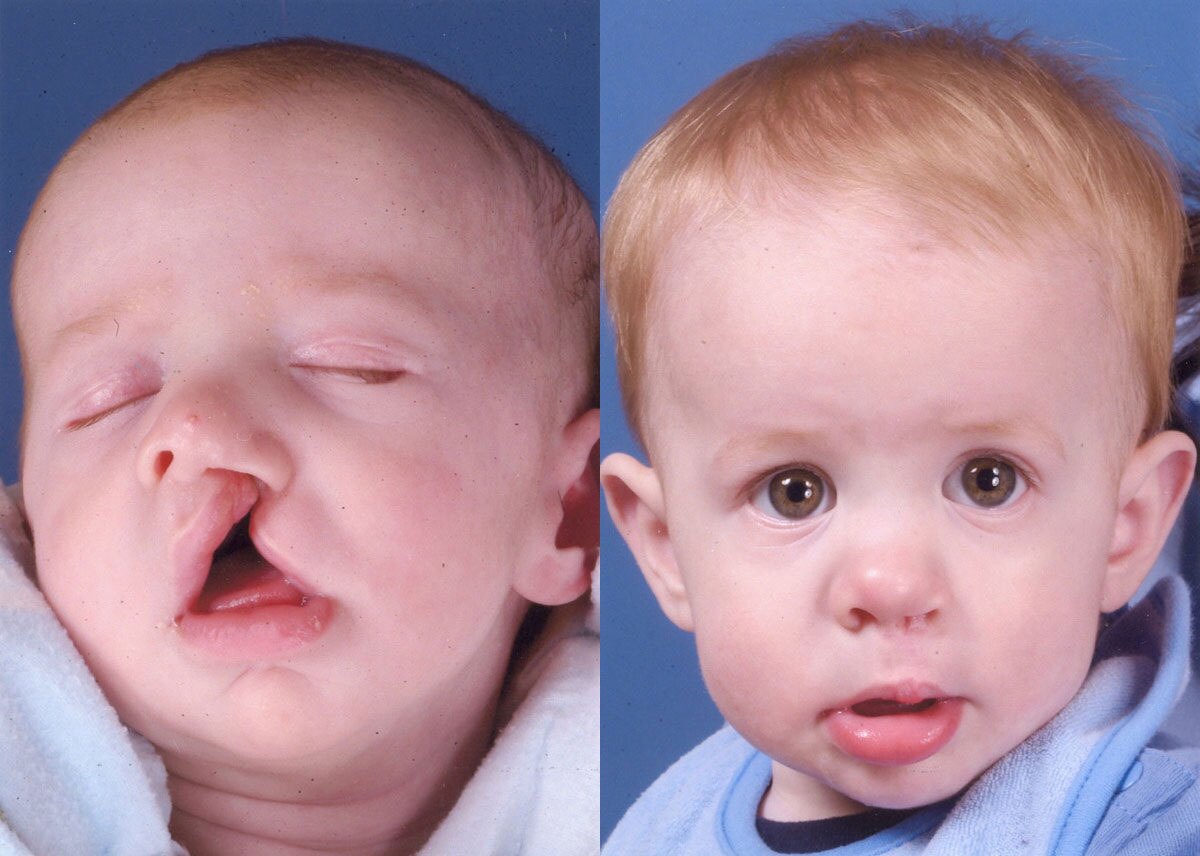Conveniently located to serve New York City, Queens, Bronx, Brooklyn, Long Island
Children with clefts have a greater chance of having their upper jaw grow less than their lower jaw. This ‘underbite’ or malocclusion is treated surgically with a Le Fort I or upper jaw advancement procedure to line up the upper teeth with the lower teeth. Prior to surgery, your child will require orthodontic preparation with braces.
Cleft Jaw Surgery Objectives
- To correct the malocclusion or underbite so the upper teeth fit together with the lower teeth like puzzle pieces.
- To provide improved facial appearance with fuller features in the mid-face.
- To alleviate breathing issues by creating more airway space in the throat.
State-of-the-Art Techniques

Dr. Bradley works with the cleft orthodontist using a team approach and uses virtual surgical planning with 3D imaging and model surgery. In addition, he has been one of the first to use pre-milled precise plating for intraoperative accuracy.
FAQ
Why should I get the Le Fort I surgery done?
If an upper jaw growth problem exists, the maxillary advancement surgery will correct your malocclusion, relieve tension on your TMJ (joint), and help you keep your teeth longer.
What does the full process involve?
The full process involves orthodontic preparation for 9 months; followed by the surgery; followed by finishing orthodontics which may take 3 more months. At times, third molar or other teeth extraction(s) are necessary.







